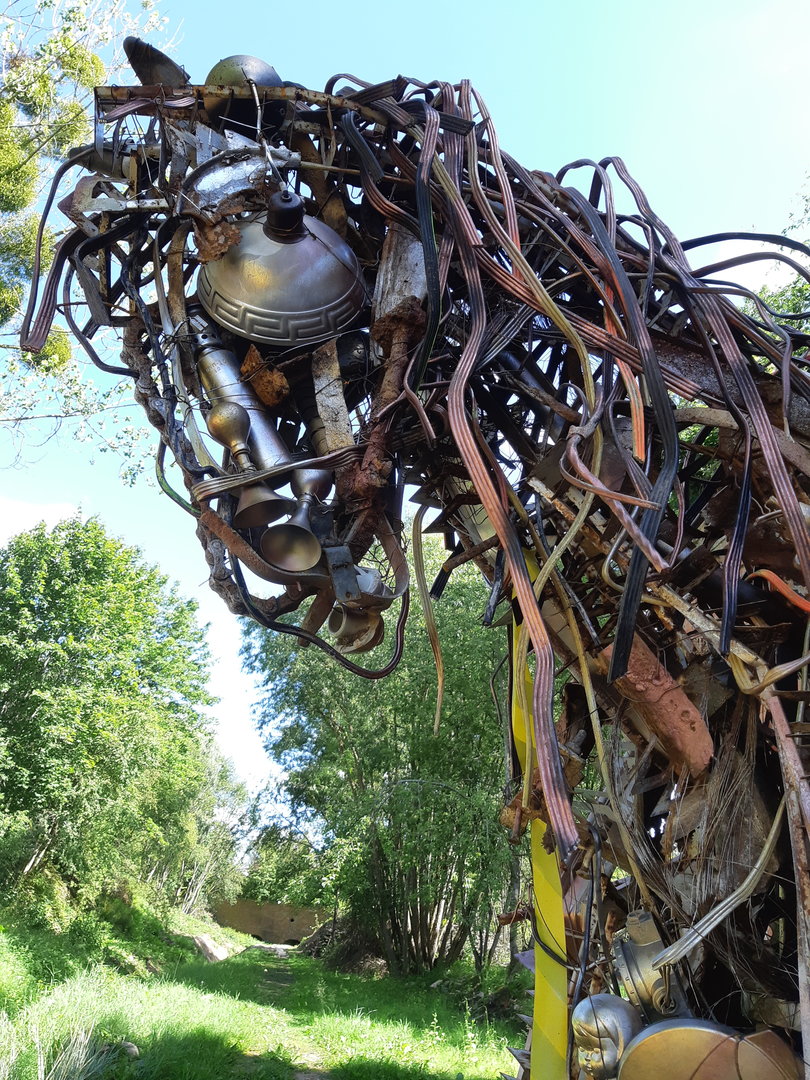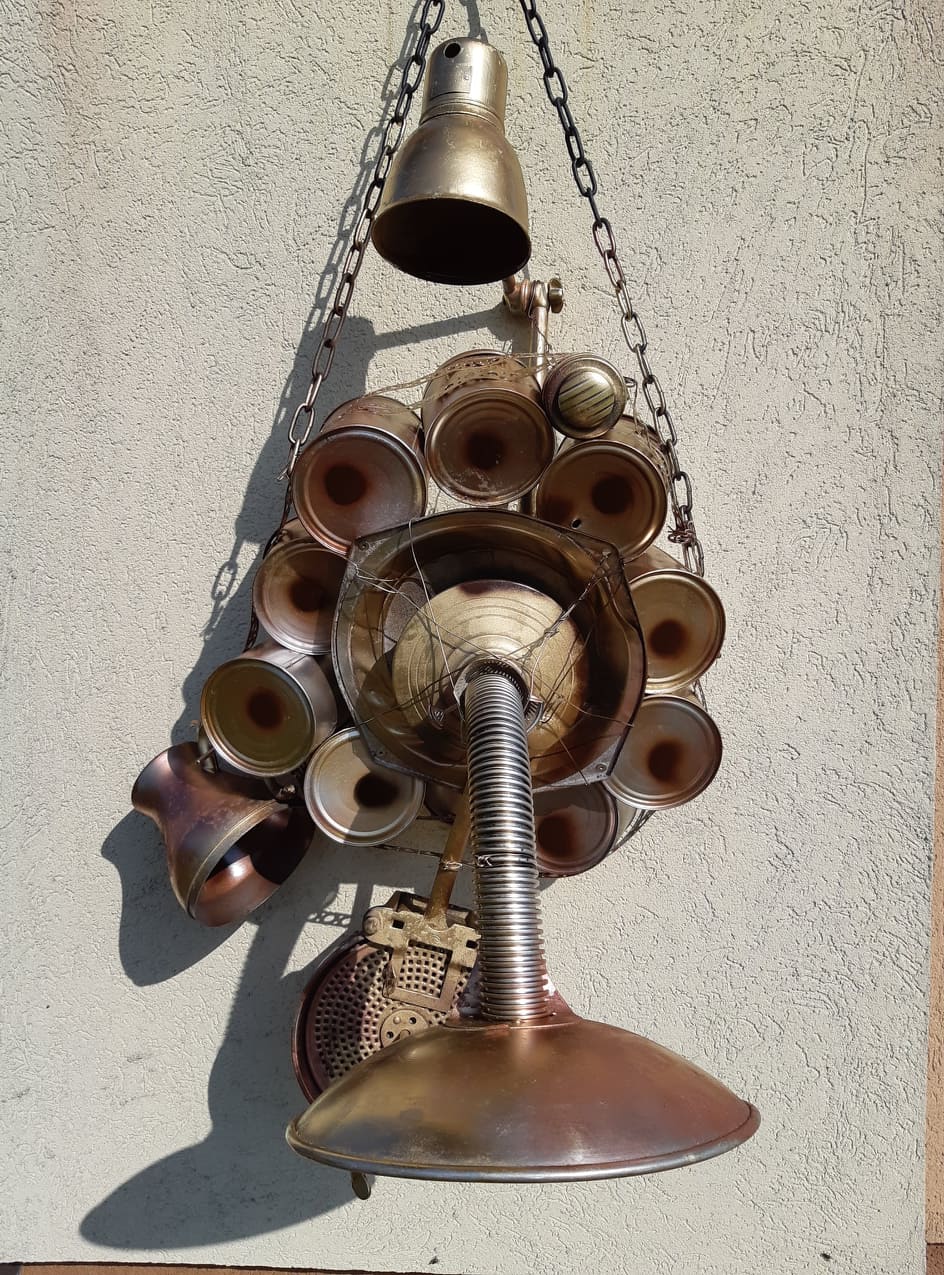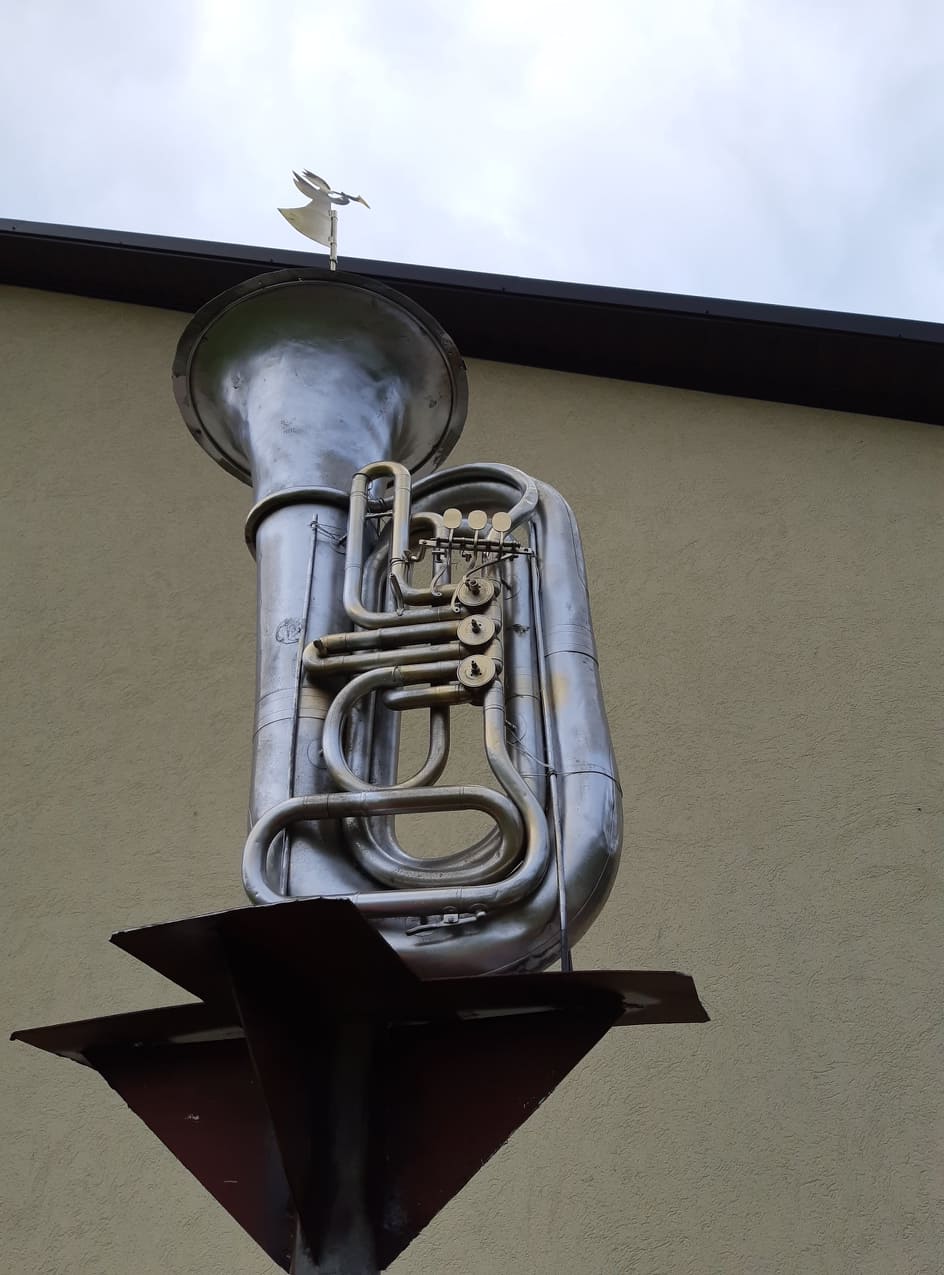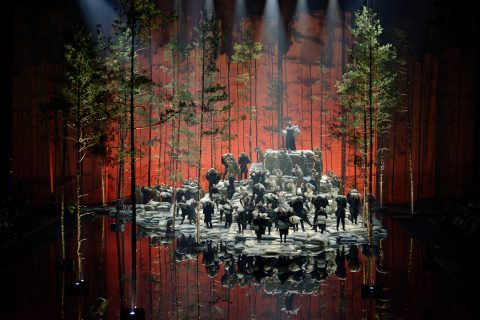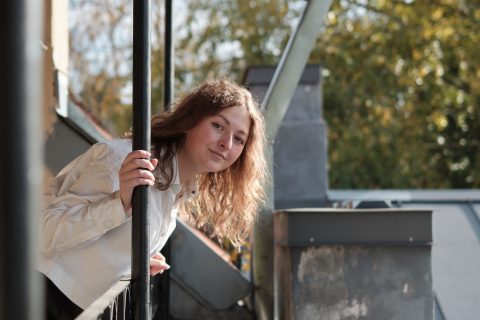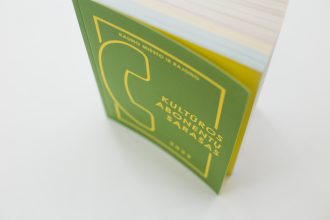Retrofuturistic leisure, secondary design trend, sculpture genre, science fiction subtype, or simply lifestyle. Steampunk is the so-called Victorian era, that is, the 19th century and its achievements, except it is taking place today. Or in the near future. An alternative reality in which the scientific achievements of those times serve today.
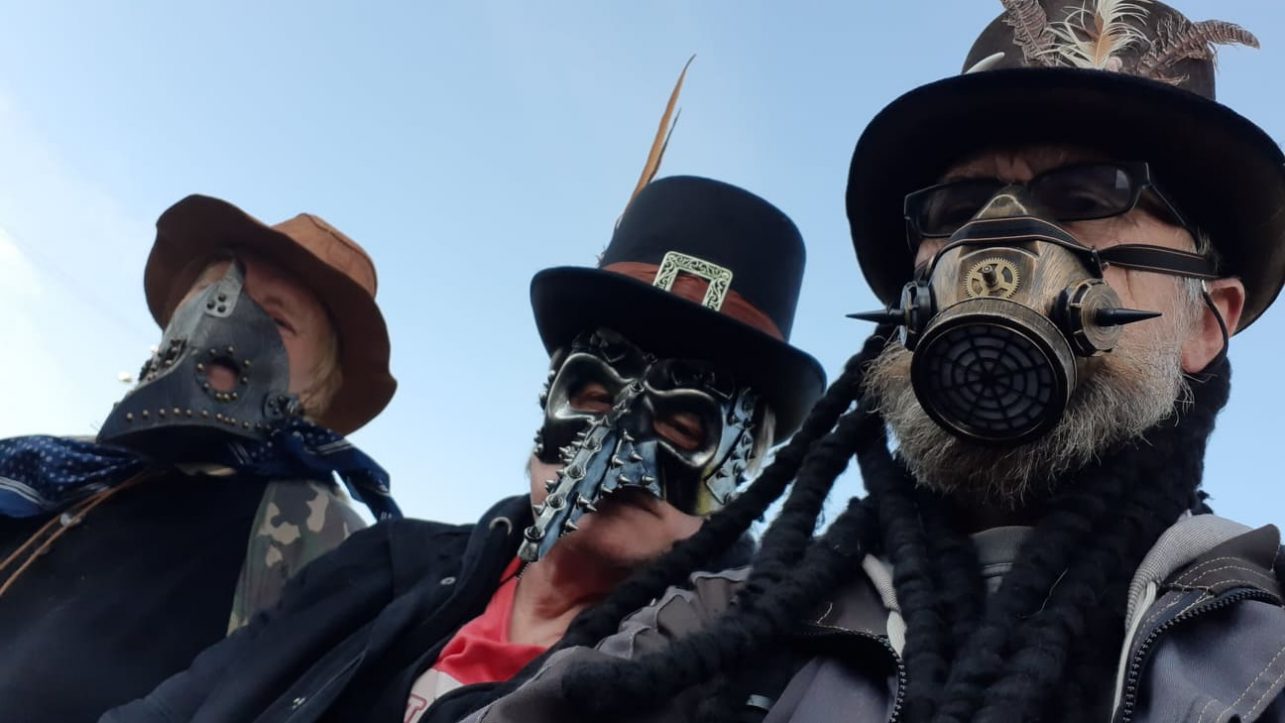
The steampunk locomotive, which broke away from cyberpunk that reemerged before the holidays due to a game of the same name released by the Poles, was started up several decades ago. From lone experimenters setting up metal workshops in garages to grand festivals, movies, games, and literature. In Lithuania, traditionally, everything happened a little later. Back in 2013, Andrius Tapinas published the first steampunk novel Hour of the Wolf about the steam-powered Vilnius, which then became one of the best-selling books. This alone proves that the subculture already existed in Lithuania at the time. Around then, or maybe a tad earlier, Arnoldas Samogitas, a former Garliava resident, who currently lives in Švenčionėliai, heard about this subculture. He heard a girl dressed in steampunk-styled clothes singing at one of his events.
Five years ago, Arnoldas got fully immersed in steampunk and that happened when his friend asked him to install the interior of a future bar. Unfortunately, this experiment remained unopened (although a steampunk bar does exist in the capital and it is called Variokas). But Arnoldas did not lose his interest. He says he is currently uniting a community of several hundred people who meet in camps; fifty of them are the most active enthusiasts. They communicate daily on a Facebook group, where they share inspiration, advice, and evaluate each other’s work: metal sculptures, interior details, and costumes. “This is what I wear daily on the street,” Arnoldas laughs when asked if he has many steampunk outfits in his closet.
Why are we talking to Arnoldas? It’s all very simple – in August he will bring his flight and the like-minded people to the surroundings of Garliava (although born in Klaipėda, he grew up here, and it is not a coincidence), where he will set up a camp, a workshop fair and perhaps the dressed up participants will even a march to Laisvės Avenue. And this will not be the first time. If you were in Kaunas or Kaunas district last summer then you may have participated or at least seen the closing event of Kaunas – European Capital of Culture 2022 program Modern Elderships. One of its highlights was the train trip on the unique route Kaunas – Garliava – Mauručiai – Kaunas, and the train passengers consisted of residents and guests of the Garliava district eldership and none other than a company of steampunk enthusiasts. Of course, Arnoldas was among them. It was a symbolic journey (after all, Kaunas 2022 is basically a journey as well), presenting the modern action that took place in the historical surroundings of Kaunas by then.
It all started with the arrival of Hugo Herrera Tobón, a Colombian, to Garliava area. He has created a number of Subjective Atlases for cities around the globe, that not only present places that are obviously attractive to tourists but also speak to locals. “The story is quite simple – a member of Kaunas 2022 team, who had learned about the Subjective Atlas and was interested in the idea, then wrote to us looking for interesting community projects for the elderships of Kaunas district,” a while ago, the artist told us about how he found himself in Lithuania (where he finally decided to stay!). After settling down, he, along with Garliava residents – Juragiai, Ilgamiekis, and Sąnaša community members – set out to explore the area.
“We involved people in the preparation of the atlas; they told their stories, shared memories, and our challenge was to discover what values unite the inhabitants of the Garliava area, after all, it is a large eldership. Juragiai, Ilgakiemis, and the Third Fort – all of these places have interesting things to offer. After structuring the discoveries, we have revealed that people here are extremely skilled and feel a strong connection to nature. That workmanship dictated the possible direction of further artistic activities, i.e. steampunk. After all, it is a genre that requires a lot of skill,” Evelina Šuscickytė, the curator of Kaunas 2022 youth program, who coordinates the Modern Elderships project in Garliava eldership, provided us with the prehistory.
The Subjective Atlas was presented during the train trip, and the first steampunk experiments took place throughout the last summer. “During our research, we have discovered some amazing locals, who construct, model, and create homemade devices or decorative objects, for example, a winged structure out of a metal furnace, where animal feed was cooked before. Of course, it is not textbook steampunk, but discovering new meanings and bringing objects to a new life is one of its values,” Evelina says.
The first steampunk enthusiast to set foot on these lands was Gintautas Velykis from Žaliakalnis, who did it with a creative team: Edmundas Janušaitis, Sigitas Straigis, and Rolandas Karalius. They created new objects from the things discarded by the residents during the quarantine. For example, you can look at G. Velykis sculpture Horse at the Third Fort. And the latter is mentioned here for a reason. Ovidijus Jurkša, a public-spirited person and a historian, has been taking care of the fort’s resurrection, it’s opening to the community and new creative ideas. He is also a friend of Arnoldas’ group. That’s why Arnoldas agreed to undertake the activities in the surroundings of Garliava this summer so easily. But let’s go back to his estate in Švenčionėliai and find out how steampunk can be useful in everyday life.
When asked what fascinates him the most about steampunk – the visual aspect, a mix of epochs, or perhaps handiwork – A. Samogitas answers that it is all of the above, “Even my home is being slowly turned into a steampunk headquarters – from the gate to the bedroom. And I like making these works because I create them out of secondary raw materials. Sometimes, friends dig up and bring me rusty metal they don’t need, or I buy something interesting. One friend has a scrap metal yard, I go there, collect all I need and if I don’t need some of it, I take it back,” our new acquaintance laughs and adds that people throw away a lot of fantastic things. But when it comes to plastic, they buy it non-stop. One of the missions of the camp in the Garliava surroundings will be to show people what they can do with their own hands, how such works can affect a person so that they would not be just a consumer and would be able to rediscover an old thing that broke down and give it new meaning. “In other words, to “steam” it up,” A. Samogitas laughs.
Arnoldas own works are both decorative and practical. He can create a sculpture but also furniture, floor-lamp, a bracket. “People ask me: how do you make such a sculpture? And I say, very simply – you collect pieces of metal, weld them, cut what you find unnecessary, grind, and that’s it – a sculpture. Even a broken china set, the details of which are interestingly glued together, can become a new thing,” the artist says, convinced that anyone can learn to “steam”, the only important thing is to have an artistic sense. Or the desire to discover it within yourself. Although we really want to believe that in the summer, we will be able to breathe more freely and communicate more closely, gaining a new hobby during a quarantine, will be nothing if not beneficial. So why don’t you check out your balcony or pantry? And if not now, then perhaps in the summer, after getting acquainted with the charming Arnoldas and his group in the surroundings of Garliava.

